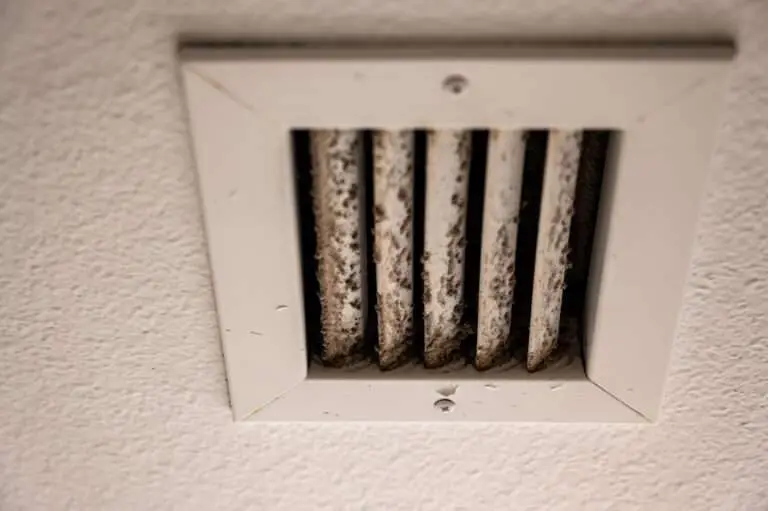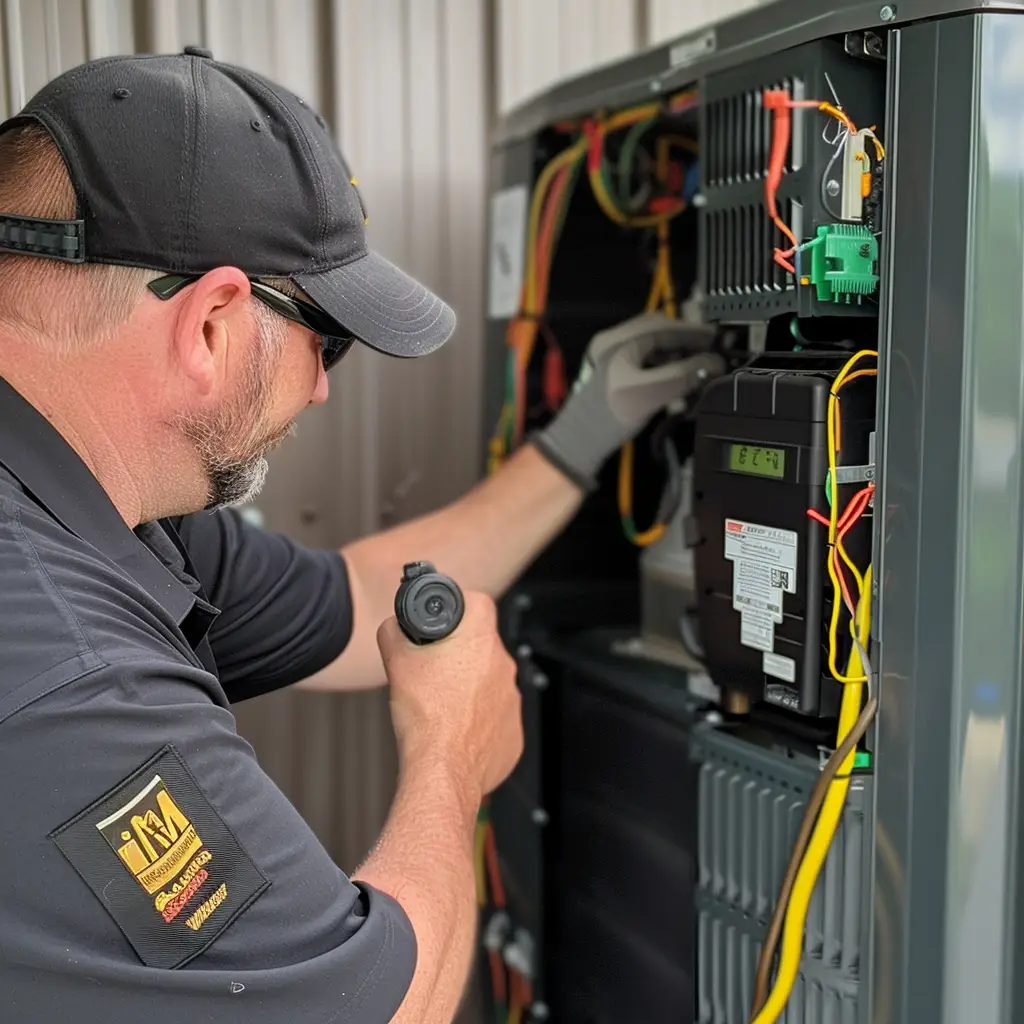Wondering if your air vents are getting moldy? Mold on air vents can be a serious problem, as it can not only affect the appearance of your home, but it can also have negative impacts on your indoor air quality.
The Risks of Mold in Air Vents: Is It Dangerous?
When mold grows in air ducts, it can release spores into the air that can be inhaled by individuals, potentially leading to respiratory problems. Mold can also trigger allergic reactions and exacerbate existing respiratory conditions, such as asthma. It is recommended to have your ducts cleaned once a year by a licensed HVAC technician to prevent this issue.
In addition to the health risks, mold in air ducts can also damage the ducts and decrease the efficiency of your heating and cooling system. It is important to address any mold growth in your air ducts as soon as possible to minimize the risks and maintain the integrity of your home’s HVAC system.
Identifying Mold in Air Vents: What to Look For
Mold in air ducts can appear in a variety of forms, and it can be difficult to identify without a thorough inspection. Here are a few things to look for:
Visible growth
Mold may appear as a black, brown, or greenish growth on the surface of the air ducts. It may be visible to the naked eye, or it may require closer inspection using a flashlight or other lighting.
Musty smell
Mold often has a musty, damp smell that can be noticeable when the air conditioning or heating system is running.
Allergic reactions
If you experience allergic reactions, such as sneezing, coughing, or watery eyes, when the air conditioning or heating system is running, it could be a sign of mold in the air ducts.
Understanding the Causes of Mold on Air Vents
There are a few common reasons why mold may grow on air vents:
Humidity
Mold thrives in humid environments, so if the air in your home is particularly moist, it may contribute to the growth of mold on your air vents.
Leaks
If your air vents are located in a damp or poorly-ventilated area, or if there is a leak in the ventilation system, it can create the ideal conditions for mold to grow.
Dust and debris
Dust and debris that accumulates on the surface of air vents can provide a food source for mold, leading to its growth.
Poor ventilation
If your home has poor ventilation, it can create the ideal conditions for mold to grow, as the air is not being circulated and refreshed regularly.
How To Remove Mold from Your Air Vents
If you’re dealing with mold on your air vents, here are seven ways to remove it:
1. Clean the vents regularly
The best way to prevent mold from growing on your air vents is to keep them clean. Use a soft cloth or brush to dust the vents regularly, and be sure to vacuum the area around the vents to remove any dust or debris that may accumulate.
2. Use a disinfectant
To kill mold spores and prevent them from spreading, use a disinfectant on the vents. Look for a product that is specifically designed to kill mold and follow the manufacturer’s instructions for use.
3. Use a mold-removing product
There are a variety of products available that are specifically designed to remove mold from surfaces. Follow the manufacturer’s instructions for use and be sure to wear protective gear, such as gloves and a mask, to avoid inhaling mold spores.
4. Use a mixture of water and vinegar
Mix equal parts water and vinegar in a spray bottle and use it to clean the vents. The acidity of the vinegar can help to kill mold spores and prevent them from returning.
5. Use a mixture of water and bleach
Mix one part water with one part bleach in a spray bottle and use it to clean the vents. Be sure to wear protective gear, as bleach can be toxic if inhaled.
6. Use baking soda
Sprinkle baking soda on the vents and then use a brush to scrub the area. The abrasive nature of the baking soda can help to loosen and remove mold, and it can also help to prevent mold from returning.
7. Replace the vents
In some cases, it may be necessary to remove and replace the air vents if they are severely damaged or heavily contaminated with mold. This can be a more expensive option, but it may be necessary to ensure the safety and integrity of your home.
Preventing Mold Growth on Air Vents
Here are a few steps you can take to prevent mold from growing on your air vents:
Keep the vents clean
Regularly dust and vacuum the area around the vents to remove any dust or debris that may accumulate.
Control humidity
Use a dehumidifier to reduce the humidity in your home, as mold thrives in humid environments.
Fix leaks
If you notice any leaks in your ventilation system, be sure to have them repaired as soon as possible to prevent mold growth.
Improve ventilation
Proper ventilation can help to prevent mold growth by circulating and refreshing the air in your home. Consider opening windows or using exhaust fans to improve ventilation.
Use an air purifier
An air purifier can help to remove mold spores and other pollutants from the air, helping to prevent mold growth on your air vents.
Say Goodbye To Mold
By following these steps, you can effectively remove mold from your air vents and improve the indoor air quality of your home. It is always a good idea to take precautions, such as wearing protective gear and working in a well-ventilated area, to avoid inhaling mold spores. If you are unable to remove the mold on your own, or if you suspect that you have a more serious mold problem, it is recommended to seek the help of an HVAC technician in Toronto.
For a step-by-step video walkthrough on how to clean your air vents, check out this video by Review Home Warranties





